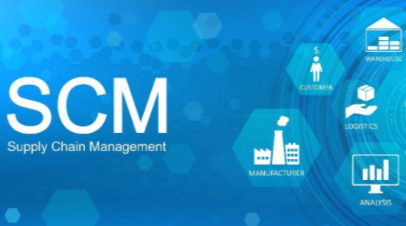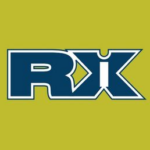
By: Amanda Winslow, PharmD, BCPS
In 2013, the United States passed the Drug Supply Chain Security Act (DSCSA) in order to identify and trace prescription drug products as they are packaged and distributed. This was introduced to better protect consumers from harmful or counterfeit medications. Below, we will discuss several reasons why drug traceability is important, but first, let’s discuss what drug tracing actually means.
Drug Traceability
The DSCSA outlines requirements for all trading partners involved with drug distribution, including manufacturers, repackagers, wholesale distributors, dispensers and third-party logistics providers. Requirements began in November 2014 and are being gradually phased in through 2023. One of the first steps was to have third-party logistics providers and wholesale distributers report licensure and other information, such as disciplinary actions taken against them, to the FDA. Next, in January 2015, all trading partners were required to be confirmed as authorized and systems were put in place to verify and handle suspected illegitimate products. This includes guidelines on quarantining and investigating suspected products and reporting confirmed illegitimate products. Simultaneously, manufacturers, repackagers and wholesale distributers were required to provide lot-level tracking for prescription drugs. Dispensers (pharmacies) were required to provide this information as well starting in July 2015. The transaction information needed for tracking includes name, strength, dosage form and NDC of the product, container size, and lot number of the product. A transaction statement must also be provided, ensuring that the trading partner is authorized under the DSCSA and have followed all guidelines under the act.
Why Traceability is Important
Lot level tracking allows medications to be traced through the entire manufacturing and distribution process. According to Former FDA Commissioner Scott Gottlieb, the risk of counterfeit drugs has been increasing rapidly. Requiring all trading partners to be licensed and authorized through the FDA reduces possible entrances to market for illicit medications, including raw products in addition to completely counterfeit medications. Thus, the completed medication products on the shelves of pharmacies can be traced through the suppliers, manufacturers and all the way back to the raw ingredients used to produce the drug. Also, requiring all trading partners to put in place systems to verify and handle suspected illegitimate products created a safety net in which to catch possibly forged medications. Coupled with the lot level tracking, this means any recalls implemented due to these investigations of suspected illegitimate substances can be traced from the original manufacturers all the way to the individual pharmacies that stock that specific lot of medications.
Ultimately, the bottom line is that drug traceability increases medication safety. One portion of the act helps to form concrete systems to identify and investigate potentially counterfeit, and possibly dangerous, medications. Once these investigations have been completed, the potentially dangerous substances can then be traced easily to each pharmacy that has the medication in stock. The pharmacy can then promptly remove the medication from the shelf inform the patients as appropriate.




